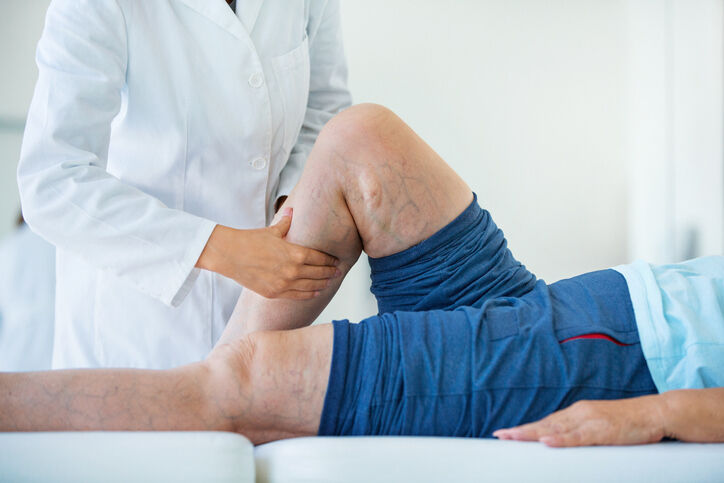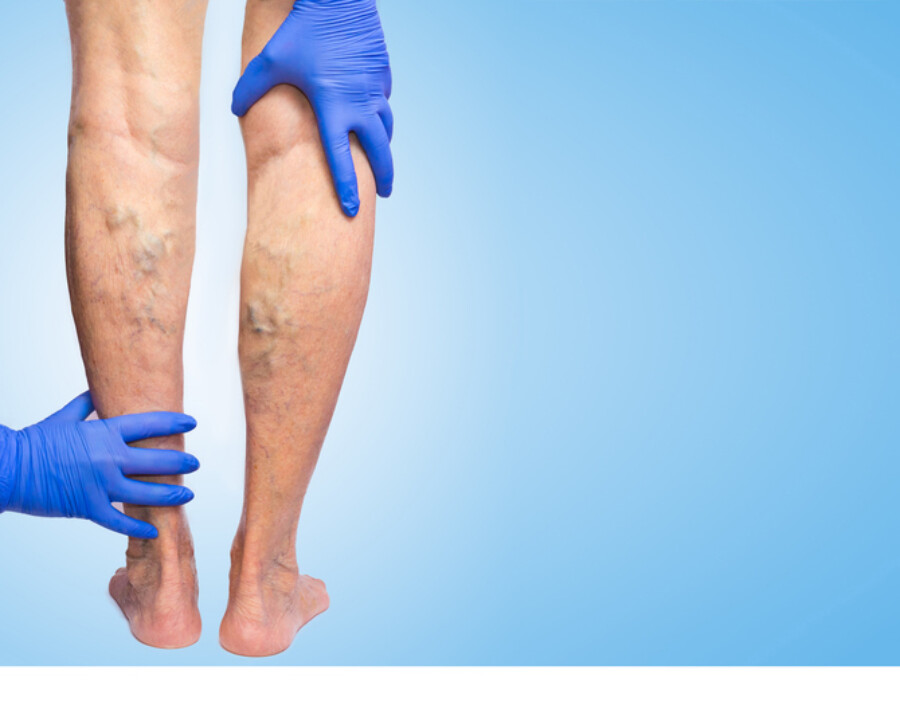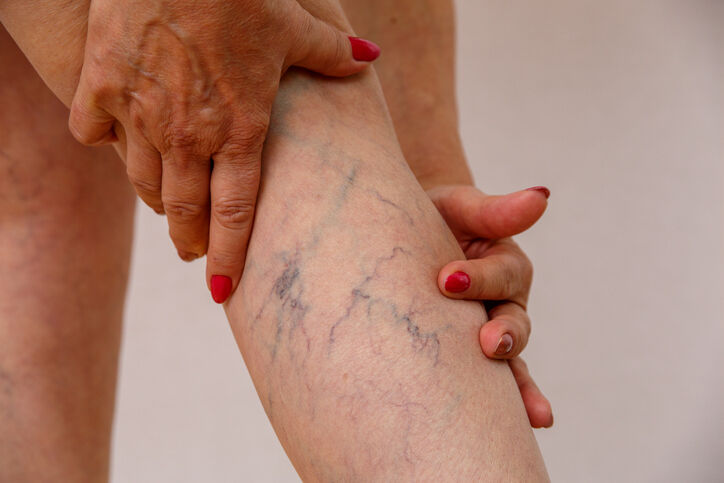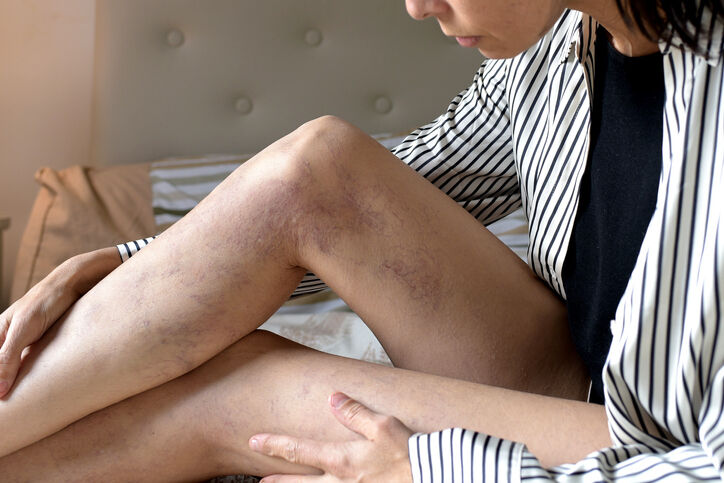If you experience any of these signs of vein damage, you’ll know it’s time to seek treatment.
You probably don’t think too much about your veins. But these blood vessels are critical to your overall health. Similar to your muscles and joints, veins can sustain damage.
Chronic venous insufficiency (CVI) causes vein damage and results from several risk factors, such as age, heredity, obesity, and a sedentary lifestyle. Gender also plays a role, as women are more likely to develop CVI. However, even those without those risk factors may experience symptoms of vein damage. Know how to recognize the signs so you can get the necessary treatment for CVI as early as possible.
Seven signs of vein damage
Vein damage develops slowly, and you might not easily notice the signs in the early stages. But as the damage worsens, it can lead to these seven vascular conditions with more noticeable symptoms.
Edema/swelling. One striking characteristic of CVI is swollen legs and ankles. Restricted blood flow causes fluid to accumulate in the veins. This buildup worsens the swelling in the legs and ankles, especially after sitting or standing for long periods.
Varicose veins. Varicose veins are the most common and visible sign of CVI and appear as protruding, twisting ropes on the legs and feet. When blood collects in a surface vein, the vein walls stretch, causing a varicose vein to emerge from under the skin.
Spider veins. Spider veins, or telangiectasia, are clusters of thin, red, or purple lines on the legs, ankles, and, sometimes, the face. Although smaller and less protruding than varicose veins, spider veins also develop due to CVI.
Venous stasis dermatitis. Blood pooling in the leg veins can also lead to thickened, discolored skin, typically around the ankles. This condition is known as venous stasis dermatitis.
Venous ulcers. As pressure builds within the vein due to trapped blood, the skin and tissues around the vein may break open into venous ulcers. The sores may also ooze pus and emit a foul smell. Chronic venous insufficiency, including varicose veins, significantly raises the risk of someone developing venous ulcers.
Deep vein thrombosis. Deep vein thrombosis, or DVT, is one of the most severe complications of CVI. DVT is a blood clot in the deep veins of the legs and is potentially life-threatening if the clot travels to the lung and causes a pulmonary embolism. See a vein specialist immediately for treatment if you notice swelling in one leg or reddish, warm skin.
Pain, leg and ankle swelling, and cramping are all red flags that indicate vein damage. Fortunately, CVI is easily treatable, especially if caught early. Varicose veins, for example, can be treated with minimally invasive outpatient procedures.
Most importantly, vein disease treatment can prevent further vein damage and more severe CVI complications, including bleeding, painful skin changes, and open sores. Don’t wait any longer to take care of your veins!
Do your veins need a checkup?
At Center for Vein Restoration (CVR), we offer a full range of treatments for chronic venous insufficiency, including varicose veins, venous stasis dermatitis, venous ulcers, and more. Our physicians are highly trained in vascular medicine and can guide you through your treatment options.
Don’t let vein damage dominate your life! Contact one of our offices today to schedule a consultation or speak to a specialist.



